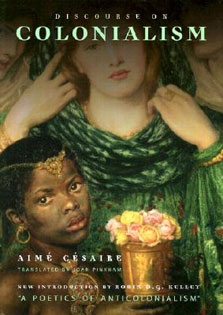About The Book
For too many years a mention of "the arts" has brought to mind architectural masterworks such as temples, cathedrals, and palaces, and museum pieces...
Read more
such as paintings and sculpture. Sometimes music and literature have also been included. In these discussions or historical accounts of the arts, the performing arts, however, have usually been mentioned only in passing or have been omitted altogether. Part of the reason has been that the performing arts are temporal; once their performances are over they leave no sounds or visual imagery for posterity; at least they did not until the advent of modern technology in the form of audio-recordings, films, and videos.
For art historians it has often been difficult to obtain and present a clear picture of these ephemeral arts of the past, especially before the invention of formalized music and dance notation. While the literature of dramatic works (beginning with the Greeks) is easy to obtain, a picture of the dramatic performances themselves has usually been mostly left to the imagination. Our prehistoric ancestors, apart from their cave paintings, pictographs, and a few small sculptures have provided even less of a record of their creative activities.
Fortunately, persistent scholars in the various art fields as well as anthropologists and archaeologists have gathered together valuable information that has helped to fill in some of the blanks. Anthropologists, for example, in studying aboriginal cultures that exist throughout the world today (though fast disappearing) have observed many commonalities in the social and religious concepts that provide the motivation for their paintings, sculptures, rituals, and dances. While the specific forms differ from one aboriginal culture to another, basically the reasons behind their creation are the same. It seems safe to presume that such concepts are innate and universal and that they were also the underlying motivation for...
Hide more




